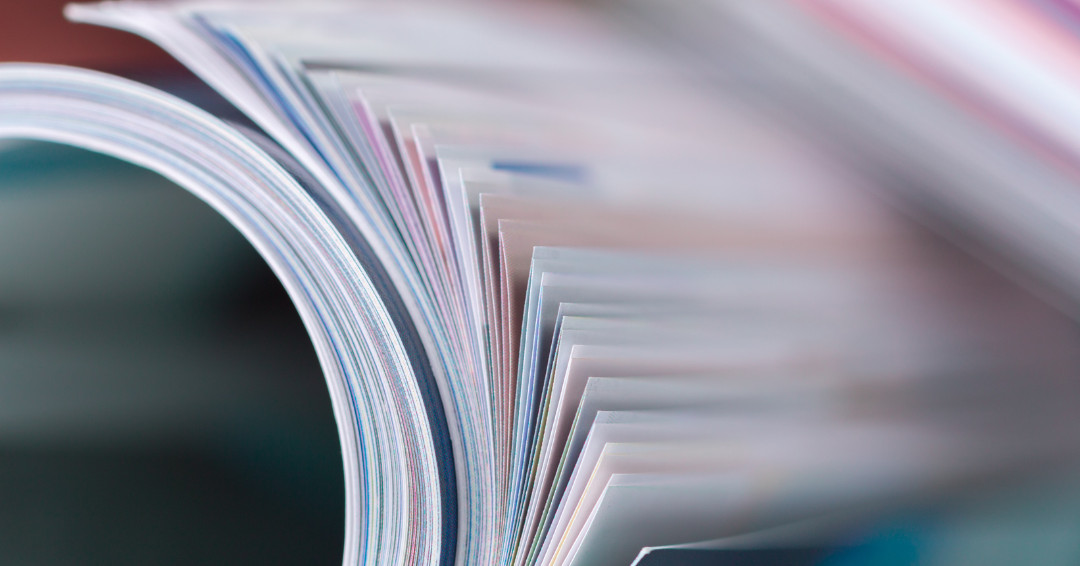Matte photo paper is a popular choice for printing photographs due to its non-reflective surface. But what exactly is it, and why should you choose it over other types of photo paper? This guide will delve into the details of matte paper, exploring its characteristics, advantages, disadvantages, and ideal uses.
 alt text describing image of different paper types
alt text describing image of different paper types
Matte Photo Paper: Definition and Characteristics
Matte paper is coated with a thin layer that absorbs ink, preventing light reflection. This creates a smooth, non-glare surface with a subtle texture. Unlike glossy paper, which reflects light and can create glare, matte paper allows for easy viewing in various lighting conditions. The unique coating on matte paper also makes it less prone to fingerprints and smudging.
Advantages of Using Matte Photo Paper
The non-reflective nature of matte paper offers several benefits:
- Reduced Glare: Matte eliminates glare, making photos easily viewable from any angle, even under bright lights. This makes it ideal for displaying photos in well-lit areas or for projects where clarity is paramount.
- Fingerprint Resistant: The matte coating minimizes fingerprints and smudges, keeping your prints looking clean and professional.
- Enhanced Detail and Color Depth: While glossy paper emphasizes vibrant colors, matte paper allows for subtle color gradations and a wider tonal range, often revealing finer details in an image.
- Easy to Write On: The surface of matte paper is ideal for writing or drawing with pens, pencils, or markers, making it suitable for projects that require annotations or personalized messages.
Disadvantages of Matte Photo Paper
While matte paper offers numerous advantages, it also has some drawbacks:
- Less Vibrant Colors: Compared to glossy paper, colors on matte may appear slightly less vibrant or saturated. This is because the matte surface absorbs light, rather than reflecting it.
- Susceptibility to Damage: Matte prints can be more prone to scratches and damage compared to glossy prints, which have a protective coating. Careful handling and proper storage are crucial for preserving matte prints.
When to Use Matte Photo Paper
Matte photo paper is an excellent choice for a variety of applications:
- Fine Art Photography: The subtle texture and reduced glare of matte paper enhance the details and depth of fine art photographs.
- Portraits: Matte paper’s ability to minimize skin imperfections and reduce glare makes it a preferred choice for portrait photography.
- Displays and Exhibitions: The non-reflective surface of matte paper ensures that photos are clearly visible in galleries and exhibitions, regardless of lighting conditions.
- Projects Requiring Writing: Matte paper is perfect for creating photo albums, greeting cards, or any project that requires writing directly on the photo.
Conclusion: Choosing the Right Photo Paper
Ultimately, the choice between matte and glossy photo paper depends on your specific needs and preferences. If you prioritize reducing glare, minimizing fingerprints, and enhancing detail, matte paper is an excellent option. However, if vibrant colors and a high-gloss finish are more important, glossy paper might be a better choice. Consider the intended use of your prints and the desired aesthetic when making your decision. Choosing the right paper will ensure that your photographs are displayed in the best possible light.

